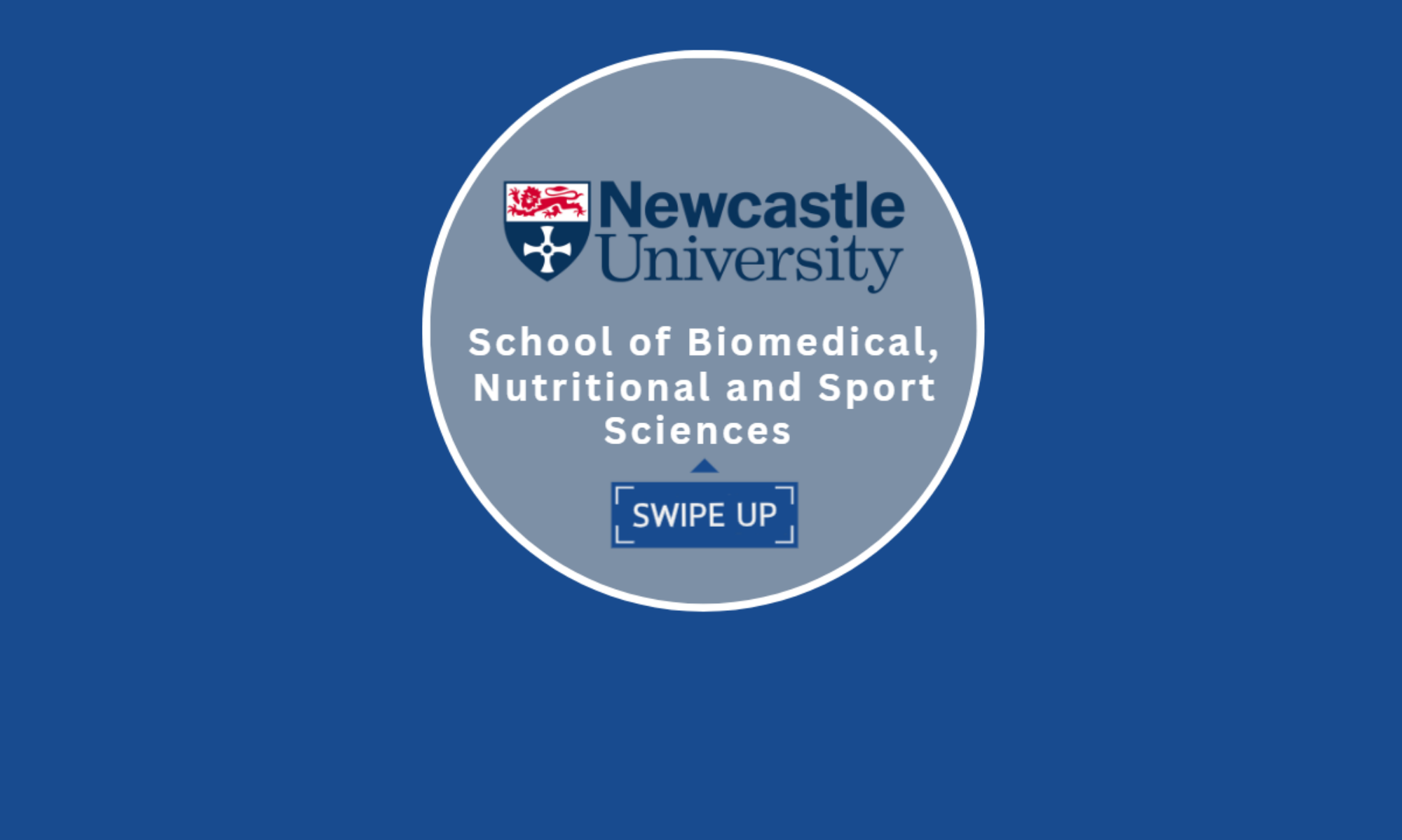By Libby Finnigan, Stage 3 Biomedical Sciences Student.
Day 1 of my summer project
After a very rainy 45-minute trek into Fenham to the Campus for Ageing & Vitality, I was feeling a little lost and unsure of what to expect from my very first day of placement. Of course, that all changed once I met my supervisor, Dr Kirsty McCaleese.
Kirsty certainly did not strike me as the stereotypical white-coated mad scientist (well, at least not fully mad!). Honestly, she is one of a kind and I feel eternally grateful for each lesson she taught me, not just in on the project but for life in general.
The absolute most important thing I’ve taken away from my experience with Kirsty is, ‘don’t just tell them, show them!’’ This idea never really clicked in my head until the day she helped me observe a real post-mortem brain dissection for the diagnosis of Alzheimer’s disease. To fully comprehend disease pathology, we must start at the level of tissue. Understanding the overall picture allows us to begin narrowing our ideas down further.

Taking a brain apart
I felt taken back by the dissection at first. A human brain is actually smaller than you might expect, quite ironic when you consider the size of a homo-sapiens ego. Just imagine someone else’s whole-life, thoughts, memories and emotions sitting in the palm of your hand. Opportunities like that make you reflect on how lucky I must be to experience life.
The science behind my summer project
The job of ‘housekeeper’ astrocyte cells in the brain is to repair and recruit other inflammatory cells to fight underlying disease damage. However, once triggered, reactive astrocytes can release numerous inflammatory chemicals that lead to an increase in brain inflammation and have been linked to worsening of symptoms and faster progression of Alzheimer’s disease (AD).
Confirmation of Alzheimer’s disease (AD) is made by the microscopic examination of post-mortem brain tissue. At this point, a Braak stage can be given, which says how far a person has progressed through AD. There are 6 stages of increasing severity which are determined by the location of toxic protein aggregate called tau.
What were we investigating?
People at Braak stage 4 may or may not show the symptoms of dementia which include confusion, personality changes and difficulty with daily routines. It is considered the intermediate phase of AD; it’s like a pivot point; a ‘cliff’s edge’ into dementia. My project with Kirsty aimed to figure out why this could be. One influence might be the behaviour of reactive astrocytes.
So what did we learn?
We found that there were more reactive astrocytes in brain samples from Braak 4 patients without dementia symptoms than in similarly staged demented patients. This opposite of what we expected, however it made sense once we considered that the presence of so many reactive astrocytes might represent a ‘final push’ to try and save the brain. It also suggested that there might be an alternative, astrocyte unrelated mechanism responsible for the worsening of symptoms at Braak 4.
Fancy a summer project yourself?
If you’re enrolled on a School of Biomedical Sciences degree programme, you can take a summer placement. Usually, these happen between your second and third year. In your final year (usually the third unless you had a whole placement year) you do a full semester lab project after Winter break, so a summer project can be a good time to get more familiar with doing real lab research. Our school Summer Placement Co-ordinator is Beth Lawry, and she can provide advice on how to find projects, funding and what to expect!
